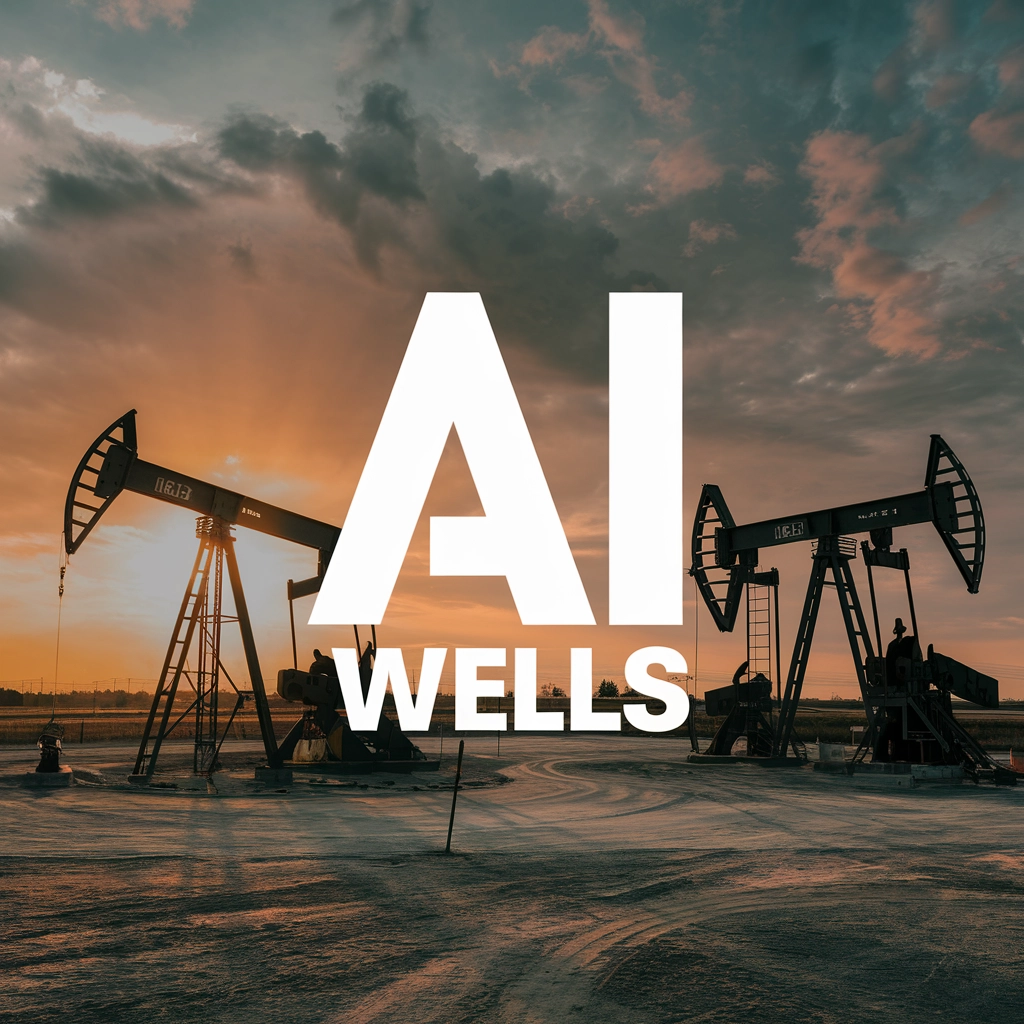AI Finds Lost Oil and Gas Wells

In the United States, there exists an alarming number of undocumented oil and gas wells, estimated to be in the hundreds of thousands. These wells, often referred to as undocumented orphaned wells (UOWs), pose significant environmental risks by potentially leaking harmful substances into air and water sources, notably methane, a potent greenhouse gas. To combat this growing issue, researchers are pioneering modern methodologies that utilize artificial intelligence (AI) along with extensive historical mapping to identify these hidden threats.
Leveraging AI and Historical Data
Researchers from various national labs have developed innovative solutions to locate and assess UOWs by analyzing 45 years’ worth of U.S. Geological Survey (USGS) maps from California and Oklahoma. By employing AI technology, the researchers aim to pinpoint undocumented wells, facilitating preventative measures through improved identification and prioritization. The collaboration among leading research scientists reflects a concerted effort to tackle the environmental hazards associated with these neglected relics of the oil and gas industry.
Understanding the Impact of UOWs
According to experts, if UOWs are not effectively sealed, they can lead to significant leaks of oil, chemicals, and greenhouse gases. Specifically, the emission of methane — which has a heat-trapping capability approximately 28 times greater than carbon dioxide over a century — not only exacerbates climate change but also endangers public health. Hence, identifying and plugging these wells is critical, particularly considering the legacy of nearly 170 years of commercial drilling in the U.S.
Innovative Techniques for Detection
To enhance the prospecting for UOWs, researchers are merging AI with historical topographic maps, thus integrating modern technology with invaluable historical data. This synergy enables them to extract information at unprecedented scales. The Berkeley Lab’s team, led by postdoctoral fellow Fabio Ciulla, has highlighted how the vast database containing over 190,000 scanned historical maps facilitates this initiative. By utilizing symbols consistently used in these maps to denote oil and gas wells, researchers can effectively train AI systems to identify potential undocumented wells accurately.
Field Verification and Ongoing Efforts
Once AI identifies prospective wells, further verification is pivotal. Initial checks are conducted remotely using satellite imagery and historical aerial photos, looking for indicators of oil-related infrastructures. Ultimately, fieldwork is necessary to confirm the existence of wells by utilizing tools such as magnetometers to detect buried structures. Remarkably, the identified UOWs have, on average, been located within 10 meters of the predicted spot, demonstrating the promise of blending AI and traditional surveying techniques.
A Collaborative Approach to a Broad Challenge
The AI-driven discovery of UOWs is part of a broader initiative—the Consortium Advancing Technology for Assessment of Lost Oil & Gas Wells (CATALOG), spearheaded by Los Alamos National Laboratory. This collaborative endeavor aims to address the expansive problem of environmental hazards stemming from undocumented wells nationwide. As awareness and access to these modern techniques grow, the hope is to significantly mitigate the risks associated with UOWs by refining detection methods and accelerating efforts to plug these environmental leaks.